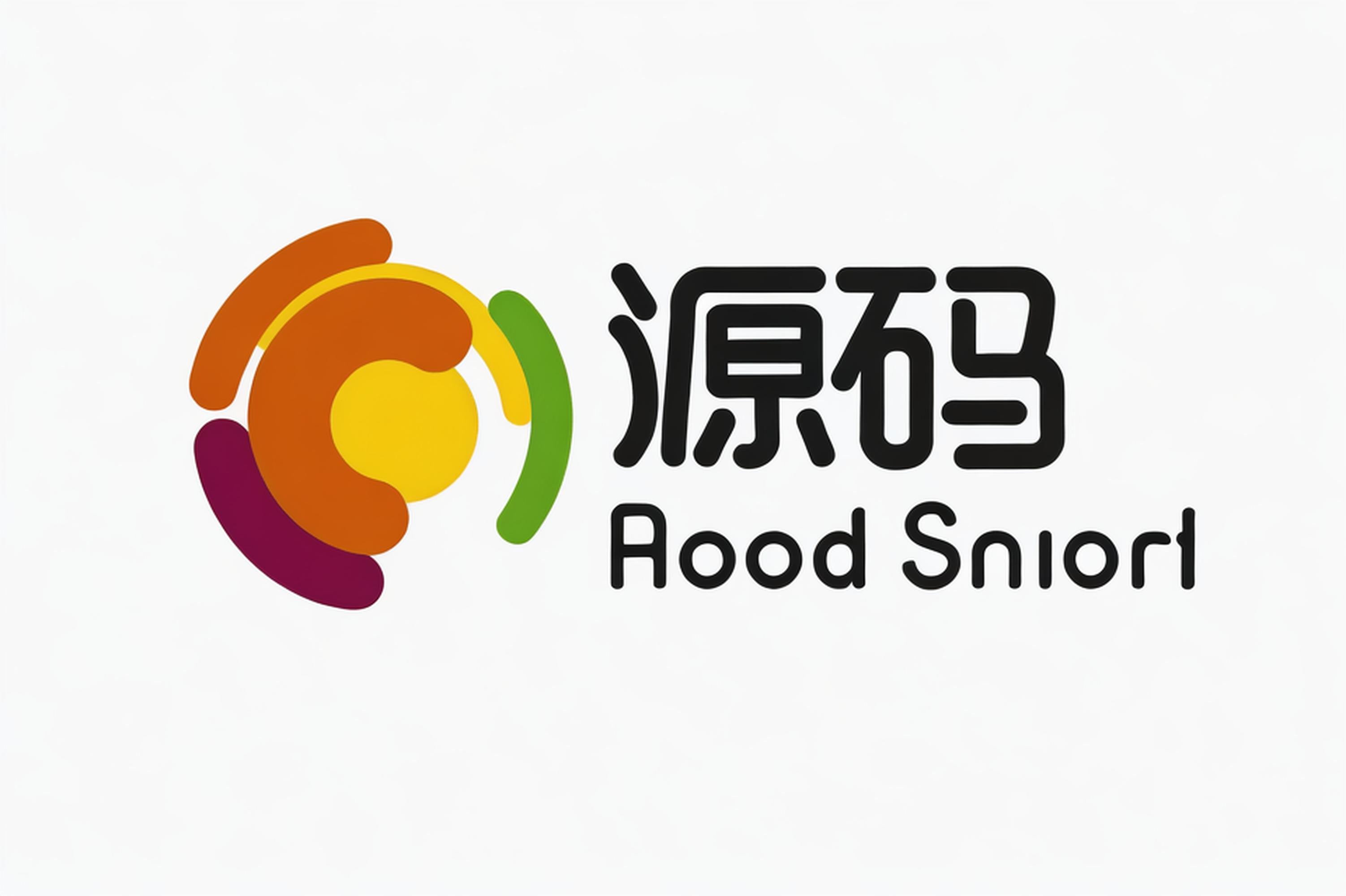引言
随着自动驾驶技术和移动机器人应用的进步,轨迹规划变得尤为重要。纯追踪算法(Pure Pursuit)是一种常见且有效的轨迹跟踪算法,广泛应用于无人驾驶汽车和移动机器人。本文将深入解析纯追踪算法的原理,结合Python代码实现,帮助你更好地理解和掌握这一技术。
1. 纯追踪算法的基本概念
纯追踪算法的核心思想是控制车辆不断追踪一个目标点,从而沿预定轨迹行驶。目标点位于车辆前方的一定距离处,这个距离称为前视距离(Lookahead Distance)。
目标点(Target Point):车辆当前路径上,距离车辆一个前视距离的位置。
前视距离(Lookahead Distance):从车辆当前位置到目标点的距离。前视距离通常依车辆速度而定,速度越高,前视距离应适当增大。
2. 算法原理
算法的基本步骤如下:
确定目标点:沿预定轨迹,在车辆前方一个预定距离处选择目标点。
计算转向角:利用几何关系,计算车辆需要的转向角,使其指向目标点。
执行控制:根据计算出的转向角调整车辆方向,使其不断接近目标点。
转向角的计算公式基于车辆的运动学模型:
其中:
是转向角,
是车辆的轴距,
是车辆与目标点之间的夹角,
是前视距离。
3. 实现纯追踪算法的Python代码
为了实践和理解纯追踪算法,我们将编写一个简单的Python程序来实现该算法。在此实现中,我们假设有一条预定轨迹以及一个车辆位置和方向,让车辆沿着轨迹行驶。
首先安装一些必要的库:
pip install numpy matplotlib
接下来是完整的Python代码:
import numpy as np
import matplotlib.pyplot as plt
import math# 定义车辆类class Vehicle:
def __init__(self, x, y, yaw, speed=1.0, wheel_base=2.0):
self.x = x
self.y = y
self.yaw = yaw
self.speed = speed
self.wheel_base = wheel_base
def update(self, acceleration, delta, dt=0.1):
delta = np.clip(delta, -np.pi/4, np.pi/4)
self.x += self.speed * np.cos(self.yaw) * dt
self.y += self.speed * np.sin(self.yaw) * dt
self.yaw += self.speed / self.wheel_base * np.tan(delta) * dt
self.speed += acceleration * dt
# 计算欧氏距离
def calc_distance(x1, y1, x2, y2):
return math.sqrt((x2 - x1)**2 + (y1 - y2)**2)
# 寻找最近的目标点
def find_target_index(vehicle, path, lookahead_distance):
min_distance = float("inf")
target_index = 0
for i in range(len(path)):
distance = calc_distance(vehicle.x, vehicle.y, path[i][0], path[i][1]) if distance < min_distance:
min_distance = distance
target_index = i
while lookahead_distance > calc_distance(vehicle.x, vehicle.y,
path[target_index][0], path[target_index][1]) and target_index < len(path) - 1:
target_index += 1
return target_index# 画出路径def plot_path(path, vehicle, target, lookahead_distance):
plt.cla()
plt.plot([p[0] for p in path], [p[1] for p in path], 'g--')
plt.plot(vehicle.x, vehicle.y, 'ro')
plt.plot(path[target][0], path[target][1], 'bo')
circle = plt.Circle((vehicle.x, vehicle.y), lookahead_distance, color='b', fill=False)
plt.gca().add_artist(circle)
plt.pause(0.001)# 主函数def main(): # 生成简单的直线路径
path = np.vstack((np.arange(0, 50, 0.5), np.ones(100))).T
# 初始化车辆
vehicle = Vehicle(x=0, y=0, yaw=0)
lookahead_distance = 5.0
target_index = find_target_index(vehicle, path, lookahead_distance)
while target_index < len(path) - 1:
target_index = find_target_index(vehicle, path, lookahead_distance)
target_point = path[target_index]
alpha = math.atan2(target_point[1] - vehicle.y, target_point[0] - vehicle.x) - vehicle.yaw
delta = math.atan2(2.0 * vehicle.wheel_base * math.sin(alpha) / lookahead_distance, 1.0)
vehicle.update(acceleration=0, delta=delta)
plot_path(path, vehicle, target_index, lookahead_distance)
plt.show()if __name__ == '__main__':
main()程序解读
**车辆类 (Vehicle Class)**:该类用于表示车辆的状态,包括位置(x, y)、航向角yaw、速度speed和轴距wheel_base。update方法用于更新车辆位置和方向。
**计算欧氏距离函数 (calc_distance)**:用于计算两个点之间的距离。
**寻找目标点函数 (find_target_index)**:根据车辆当前位置和前视距离,找到路径上与车辆最近的目标点索引。
**绘制路径函数 (plot_path)**:用于实时绘制车辆在路径上的位置和目标点,方便可视化展示。
**主函数 (main)**:生成一条简单的直线路径,初始化车辆,并使用纯追踪算法控制车辆沿路径行驶,同时实时绘制车辆位置。
4. 纯追踪算法应用与优势
应用场景:
无人驾驶汽车:纯追踪算法被广泛用于自主导航系统中,确保车辆沿预定轨迹稳定行驶。
农业机器人:用于控制田间作业机器人沿指定路线完成播种、施肥等任务,提高农业生产效率。
仓库物流机器人:在智能仓储中,引导运输机器人沿指定路线运行,提升物流效率。
优势与挑战:
简单易实现:基于几何原理,纯追踪算法计算过程简单,便于实现。
参数调整:前视距离需要根据车辆速度进行调整,以确保最佳路径跟踪效果。
稳定性好:能在大多数应用环境中提供稳定的路径跟踪性能。
动态环境:在复杂动态环境下,目标点选择和转向角计算的实时调整增加了实现难度。
结论
纯追踪算法作为经典的轨迹规划算法,以其简单实现和良好稳定性,广泛应用于移动平台导航控制。通过本文对纯追踪算法的详细解析以及Python实现的结合,相信你已经对这一技术有了更深入的理解,并能够在实际项目中应用。希望本文能助你掌握纯追踪算法,在自动驾驶和机器人技术领域取得更大进展。
来源:
互联网
本文观点不代表源码解析立场,不承担法律责任,文章及观点也不构成任何投资意见。

评论列表